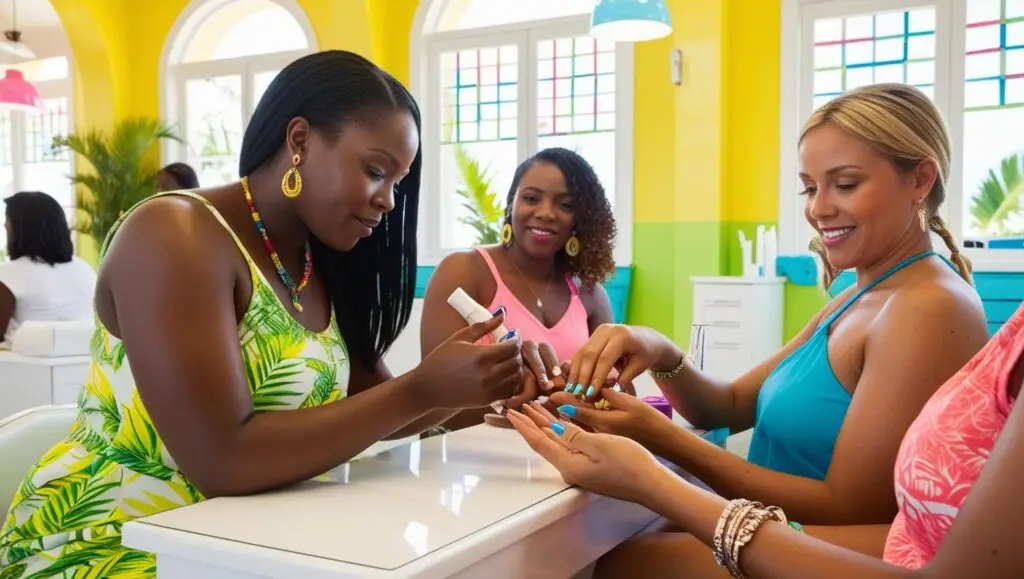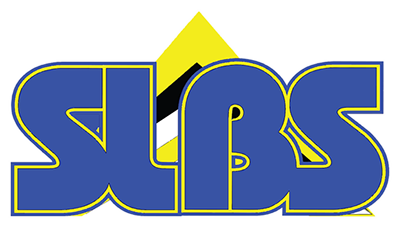Regulation of Saint Lucia’s Beauty and Wellness Industry
It may not be widely known, but Saint Lucia’s beauty and wellness industry is regulated by the Ministry of Health, Wellness and Elderly Affairs- Environmental Health Division, under the Public Health Act—specifically the Barber and Body Art Facility Regulations. These regulations are further supported by the Saint Lucia Code of Practices for Beauty and Wellness Standards, developed by the Beauty and Wellness Technical Committee of Saint Lucia Bureau of Standards.
Through these frameworks and support from other key stakeholders, businesses within the industry are categorized into the following groups:
- Body art facilities (Tattoo establishments)
- Spas – including estheticians, massage therapists, pedicurists, and related services.
- Beauty parlours – such as hair salons, eyelash extension studios, nail salons, and makeup studios.
- Dentistry-related services – including teeth whitening and tooth jewelry.
- Barbershops
Professionals in these areas are formally recognized as Allied Health Professionals, a term referring to practitioners who provide alternative or holistic health services that support primary healthcare providers like physicians, dentists, and nurses.
Adhering to industry regulations not only ensures compliance with local and international standards—it also promotes public health, fosters trust and credibility, reduces legal risks, and encourages ethical practices and professional networking.
All operators in the beauty and wellness industry are legally required to comply with the Public Health Act (Barbershop and Body Art Facility Regulations). This includes:
- Applying for a Public Health Licence to operate a Barber shop or Body Art Facility
- Health Certificate
- Submitting building floor plans for approval of operating spaces to the Environmental Health Division (where necessary).
Health Certificate
(1) A person shall not perform the duties of a barber unless he or she is registered and has a certificate of health issued or renewed by a medical officer of health. (Substituted by S.I. 37/2020)
(2) A person who performs the duties of a barber shall register and make an application to the Ministry responsible for health for a certificate of health. (Substituted by S.I. 37/2020) .”- (Public Health (Communicable and Notifiable Diseases) Regulations.)
All requirements are to be fulfilled through the Ministry of Health, Wellness, and Elderly Affairs – Environmental Health Division. An Environmental Health Officer will guide you through the process
In addition, the Saint Lucia Bureau of Standards provides a comprehensive set of guidelines that work in tandem with the Public Health Act (Barbershop and Body Art Facility Regulations), offering both technical and legal support to industry operators. These are detailed in the annexes of the St Lucia Code of Practices for Beauty and Wellness Sector (SLCP 13-1, 2, 3 and 4), illustrating the alignment between regulatory standards and day-to-day operations.
At the core of industry success, are strict Infection Prevention and Control (IPC) protocols and adherence to safe water quality standards. Equally critical is the prevention of hazards—particularly electrical safety in operating spaces where water plays an integral role in daily activities. Business owners must, therefore, consistently prioritize the health and safety of both clients and employees.
“See Something, Say Something” is a practice rarely observed in the beauty industry, often overshadowed by the phrase “Beauty is Pain.” As a result, both clients and service providers can become part of the industry’s biggest public health challenges.

From a public health perspective, issues such as poor hygiene, inadequate sanitation and sterilization practices, and unreported medical conditions—whether communicable or non-communicable—are often ignored, self-diagnosed, or treated with home remedies. Alarmingly, some operators go as far as offering medical advice to clients, a practice strongly discouraged by medical professionals. In such cases, clients must be referred to licensed healthcare practitioners immediately.
Schedule 3 (Regulation 8(b)(i))
“Trades or callings in which a person who knows or suspects that he or she is suffering from a communicable disease, or is a carrier, shall not engage or be employed or undertake without a certificate from a medical practitioner — (d) Barber, hairdresser or beautician;”- ( Public Health (Communicable and Notifiable Diseases) Regulations.– (Amended by S.I. 19/2020))
Another notable challenge is the location and infrastructure of beauty and wellness businesses. Operators—particularly those renting or leasing spaces—often face difficulties meeting the basic public health requirements outlined in the Public Health Act (Barbershop and Body Art Facility Regulations). These requirements include, but are not limited to:
- Inadequate water storage capacity
- Lack of hot running water
- Absence of proper handwashing sinks
- Insufficient or inaccessible toilet facilities
- Poor ventilation and indoor air quality
The current Public Health Act (Barbershop and Body Art Facility Regulations) does not mandate special training or certifications for practitioners. However, acquiring such qualifications can be extremely beneficial during the licensing process.
The Code of Conduct for the Beauty and Wellness Standards of Saint Lucia outlines that all practitioners must be trained and competent in their areas of service. Recommended training includes—but is not limited to—safety training, Infection and Protection Control (IPC) certification, Technical and Vocational Educational and Training (TVET) qualifications, Caribbean Vocational Qualifications (CVQs), and other specialized certifications.
Of particular note:
“Practitioners shall attend a relevant course on infection control, and a refresher course at least every year with a minimum of 15 credit hours.”
(Section 4.2.4, SLCP 13–4:2017, SLBS)
These credit hours are crucial in ensuring that practitioners remain current with best practices in infection control, legal and regulatory updates, and emerging health threats—ultimately improving service quality, client safety, and professional credibility.


With the growing number of beauty and wellness services on the island, maintaining high sanitation standards has become increasingly challenging. However, collaborative efforts between agencies such as the Ministry of Health (Environmental Health Division), the Saint Lucia Bureau of Standards (SLBS), and key stakeholders within the industry can make improved public health standards a reality. Public education campaigns and targeted training will play a critical role in raising awareness, re-educating, and re-sensitizing practitioners across the island.
Proper hygiene in the beauty and wellness sector is paramount to ensuring a safe and satisfying client experience. Practitioners must remember that many services involve close contact with sensitive areas of the body—such as the eyes, nails, skin, private areas, and mouth. Extreme care is essential, as infections and diseases can easily be introduced and transmitted in these environments.
Even simple practices, such as handwashing between clients and before/after meals, go a long way in preventing the spread of infections and diseases.
